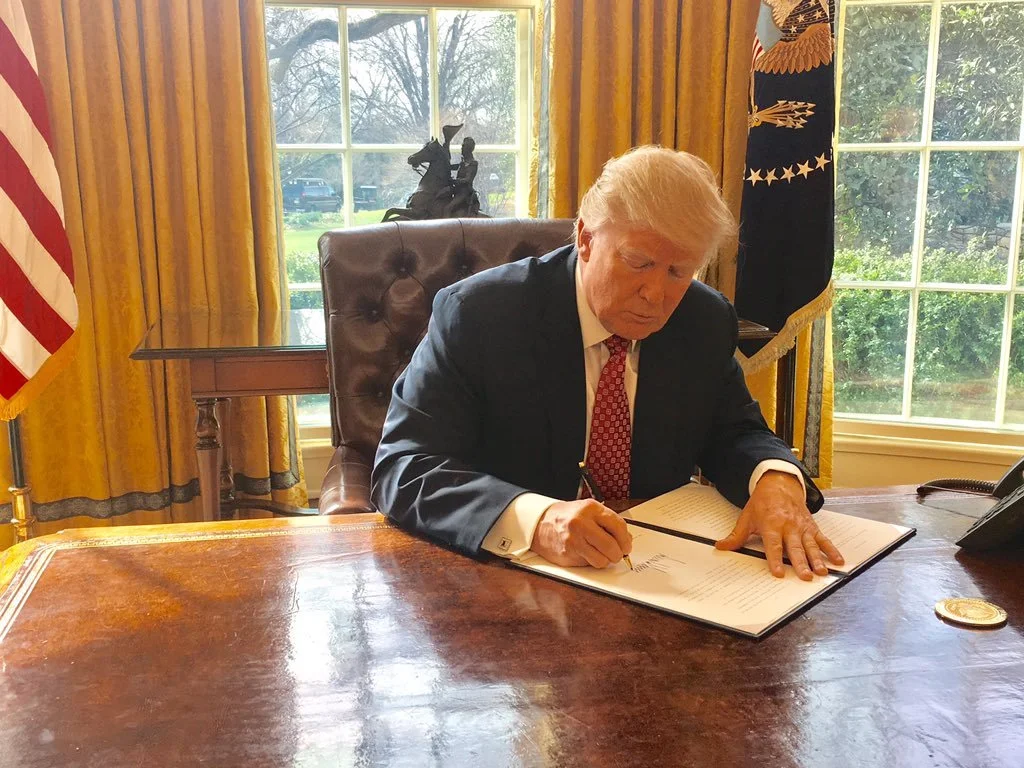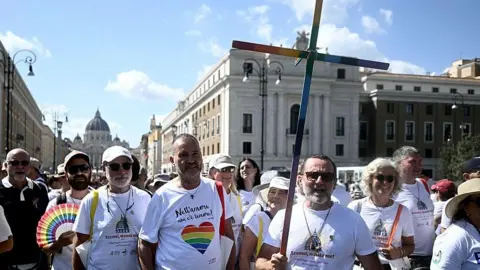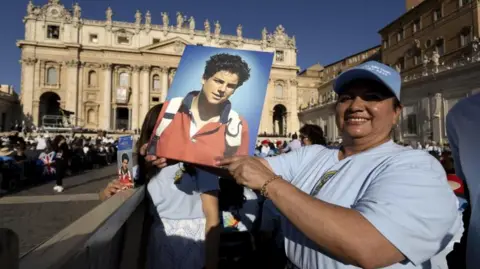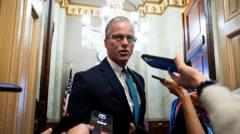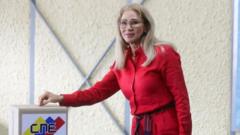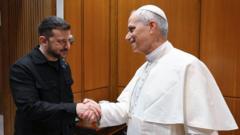The Vatican conclave, tasked with selecting a successor to Pope Francis, has officially entered its second day. The gathering, which includes 133 cardinals, began with an initial voting round that failed to yield a decisive result. Participants are now sequestered in the Sistine Chapel, maintaining a strict adherence to secrecy and eschewing any form of outside communication during the election process.
Pope Francis’ recent passing marked the beginning of this significant conclave, the first in over ten years. Catholic faithful around the world await the cardinals’ decision, a weighty responsibility considering the church's current challenges like financial strains and ongoing controversies regarding past sexual abuse incidents.
This conclave is particularly noteworthy: it comprises the largest assembly of cardinals in history, many of whom were appointed by Francis himself and may be meeting for the first time. The diversity within this group has led to speculations about differing political agendas and priorities, which could potentially elongate the selection process. As traditionalists and progressives vie for influence, the path forward remains tumultuous, reflecting deeper fractures within the church community.
The voting methodology is both traditional and isolating. The cardinals have committed to a system devoid of modern technology—no phones or internet—fostering an environment designed to prevent leaks. After each of their four daily voting sessions, the ballots are burned, with colored smoke signalling the outcome—black for indecision and white for victory. Historically, recent conclaves have reached resolution in about two days; however, given the unique dynamics at play this time, estimates of its duration vary widely.
Potential successors in the running include figures such as Cardinal Pietro Parolin, who served under Francis, and Cardinal Luis Antonio Tagle from the Philippines, highlighting the church's expansion in Asia. Interpretations of Francis' tenure could influence the direction of the new papacy, as the cardinals must weigh the implications of electing a leader who might pursue similar paths or aim for substantial changes.
With decisive votes scheduled throughout Thursday morning, the cardinals’ ongoing deliberations will not only define the future of the Catholic Church but will also serve as a reflection of an institution grappling with its identity in a rapidly transforming world. Thus, while the vote is marked by solemnity and tradition, it embodies the prayerful hope for a leader capable of navigating the evolving landscape of modern Catholicism.


